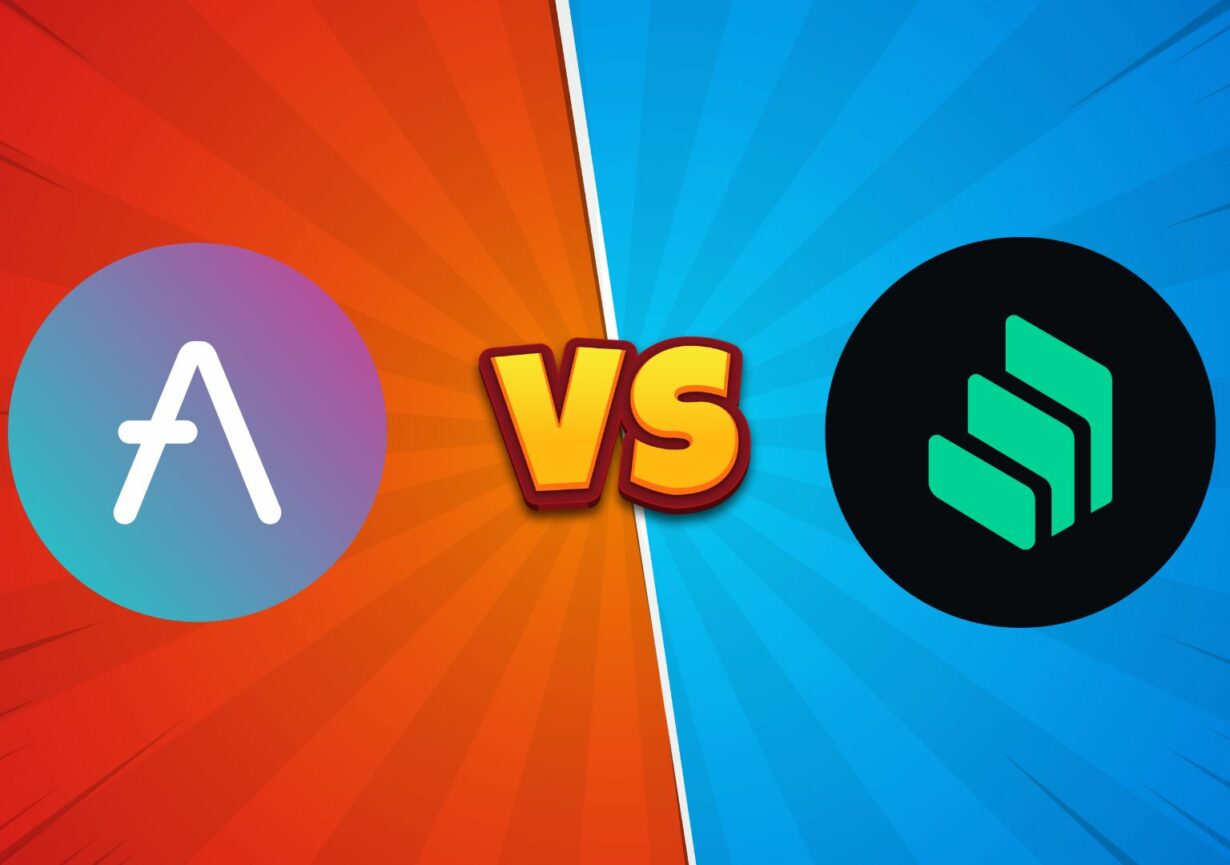- Lending platforms have emerged as popular use cases for decentralized finance (DeFi), which has completely taken over the cryptocurrency industry. Aave and Compound are two of the most well-known loan platforms in the DeFi market.
- Users can lend and borrow different cryptocurrencies through Aave and Compound, but each has unique policies and procedures.
- For instance, Aave enables the acquisition and repayment of flash loans within a single transaction block. Contrarily, Compound offers a distinctive token-based governance structure that provides token holders with influence over the platform’s destiny.
Anyone can borrow or lend money using decentralized interbank lending (DeFi). Traditional banking entails laborious and drawn-out checks to verify consumer information, which is a major distinction between traditional lending and DeFi lending. As long as the consumer complies with the collateral requirements, DeFi, on the other hand, leverages blockchain technology, decentralized applications (dApps), and smart contracts to offer loans significantly more quickly. It is simpler for both the lender and the borrower when smart contracts handle the majority of the verification procedure.
Introduction to Aave
With the help of the decentralized Aave protocol, users may lend and borrow their crypto assets at a defined interest rate without the need for a middleman. One of the biggest cryptocurrency lenders is the Aave network, and compared to Maker or Compound, the AAVE token has a greater market cap.
The primary goal of Aave, like with other DeFi, is to address the most serious problem with conventional loan services, namely how to discover a way to transform centralized financial services into similar decentralized ones. Before, in a typical lending scenario, the bank would lend the users’ money while making a profit; as a result, the users would never have had access to the interest earnings.
Introduction To Compound
A California-based business called Compound Labs, Inc., unveiled Compound in 2018. With the help of the decentralized lending platform, lenders and borrowers can trade digital assets and receive interest for keeping their holdings in a liquidity pool.
The lending platform Compound was previously centralized but between 2019 and 2020, it became decentralized. By launching its governance token COMP in July 2020, the platform established itself as the biggest community-driven decentralized lending platform in DeFi and a decentralized autonomous organization (DAO).
Comparing Aave With Compound: Head-To-Head
- Record of numerous assets
In its borrowing pool, Aave offers a variety of crypto assets. Aave offers a total of 23 different crypto assets, whereas Compound only provides 9. Therefore, a huge number of investors holding various cryptocurrencies find the site appealing.
- Aave provides bigger borrowing limits
On Aave, borrowers are permitted to borrow more than their deposited collateral. As opposed to the 66.6% permitted on Compound, Aave lets borrowers borrow up to 75% of their total collateral.
- Aave provides Flash Loans
With its short-term collateral-less loan business, known as Flash Loan, Aave has drawn in a lot of customers.


Leave a Reply